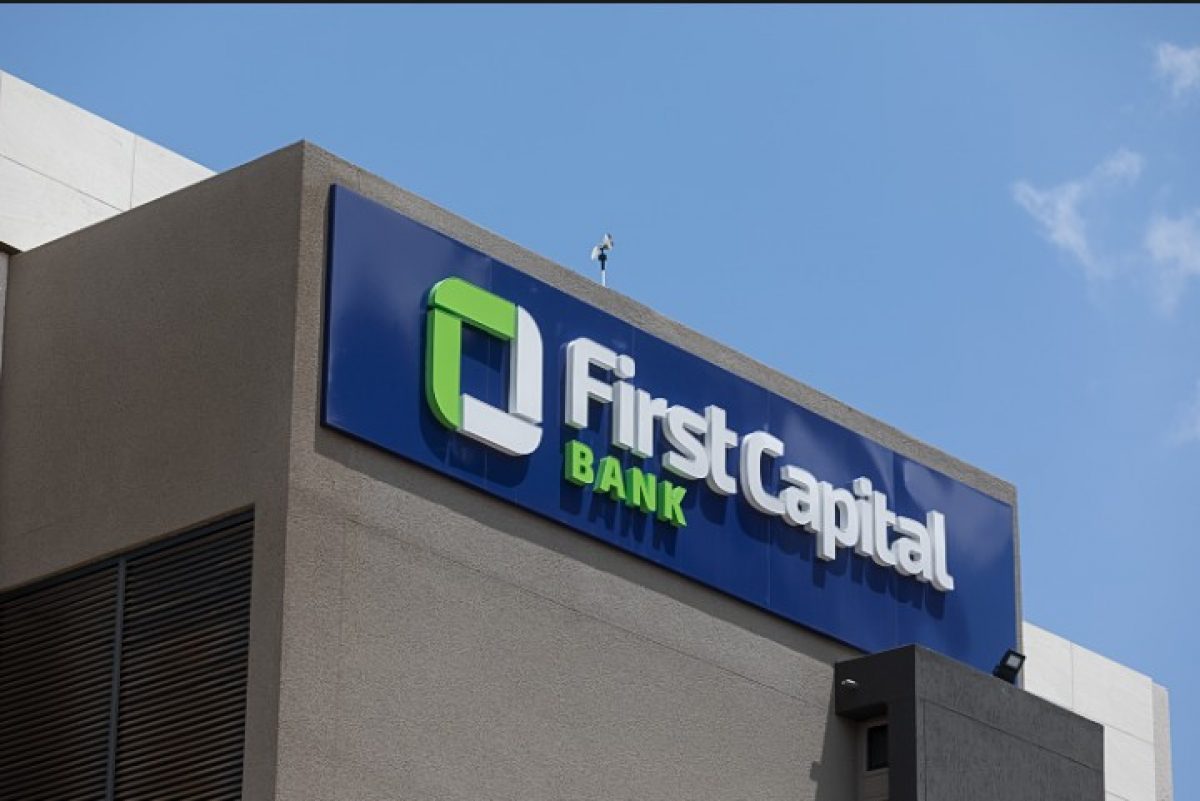First Capital Bank sees drop in non- performing loans
FIRST Capital Bank (FCB) says its non-performing loans ratio has improved from eight percent to three percent over the six-month period ending on June 30.
Customer loans increased by 11,2 percent, from ZWG 1,2 billion (US$8,1 million) as of December 31, 2023, to ZWG 1,3 billion (US$94,7 million) by June 30, 2024. A loan loss ratio of 1,4 was recorded.
A non-performing loan can be defined as the sum of borrowed money upon which the debtor has not made his or her scheduled payments for at least 90 days.
Once a loan is non-performing, the odds that it will be repaid in full are considered to be substantially lower.
Banks normally set aside money to cover potential losses on loans and write off bad debt in their profit and loss account which leads to the problem of financial disintermediation.
In a trading update for the period ended 30 June, chief executive officer, Mr Tapera Mushoriwa noted that foreign currency deposits contributed 83 percent of total deposits, reducing from 87 percent at 31 December 2023, reflecting early signals of the resurgence of local currency activity on the market.
Zig notes
The bank’s total deposits closed at ZWG1,9 billion (US$137,1m) as at 30 June 2024, 12,5 percent higher than ZWG1,7 billion (US$123,1m) reported on 31 December 2023.
“This trend reflects a rebound after balances had marginally come off in the first quarter against the backdrop of an unstable currency framework, which experienced relief after the monetary interventions announced by the Central Bank at the beginning of the second quarter,’ said Mr Mushoriwa.
The financial house posted a profit after tax of ZWG155,5 m (US$11 5m) for the 6 months to June 2024, which was 168 percent higher than ZWG58,0m (US$4,3m) recorded for the comparative period in 2023.
The bank noted that total income grew by 12,8 percent from ZWG435,9m (US$32,1m) to ZWG491,6m (US$36,4m). The growth was driven by an improvement in the underlying business, with net interest income and non-interest income increasing by 23,3 percent and 6,8 percent respectively.
In the period under review, operating expenses decreased marginally from ZWG275m (US$20,3m) to ZWG271,4m (US$20,1m) reflecting general cost stickiness in an environment that is in the early stages of transition.
Mr Mushowiwa indicated that the bank is currently seized with an exhaustive cost rationalisation programme and expects further savings during the second half of the year.
“The total comprehensive income for the period under review at ZWG169.1m (US$11,6m) was 658,8 percent more than a total comprehensive loss of ZWG25,7m (US$ 2,4m loss) recorded for the 2023 comparative period.
Commenting on the lines of credit, Mr Mushoriwa said early this year, the bank secured an additional US$20 million line of credit from the African Export-Import Bank (Afreximbank).
“This facility will support foreign currency generating business, with a focus on small to medium enterprises and midcap companies in Zimbabwe,” he said.
“The African Development Bank (AfDB) approved a combined US$15m Trade Finance Package, comprising of a US$7,5m Trade Finance Transaction Guarantee and a US$7,5m Trade Finance Line of Credit.”
With respect to capitalisation and liquidity, the bank management said it has always been maintained above the regulatory minimum of US$30m while closing the period at US$59,2m.-chronicles









